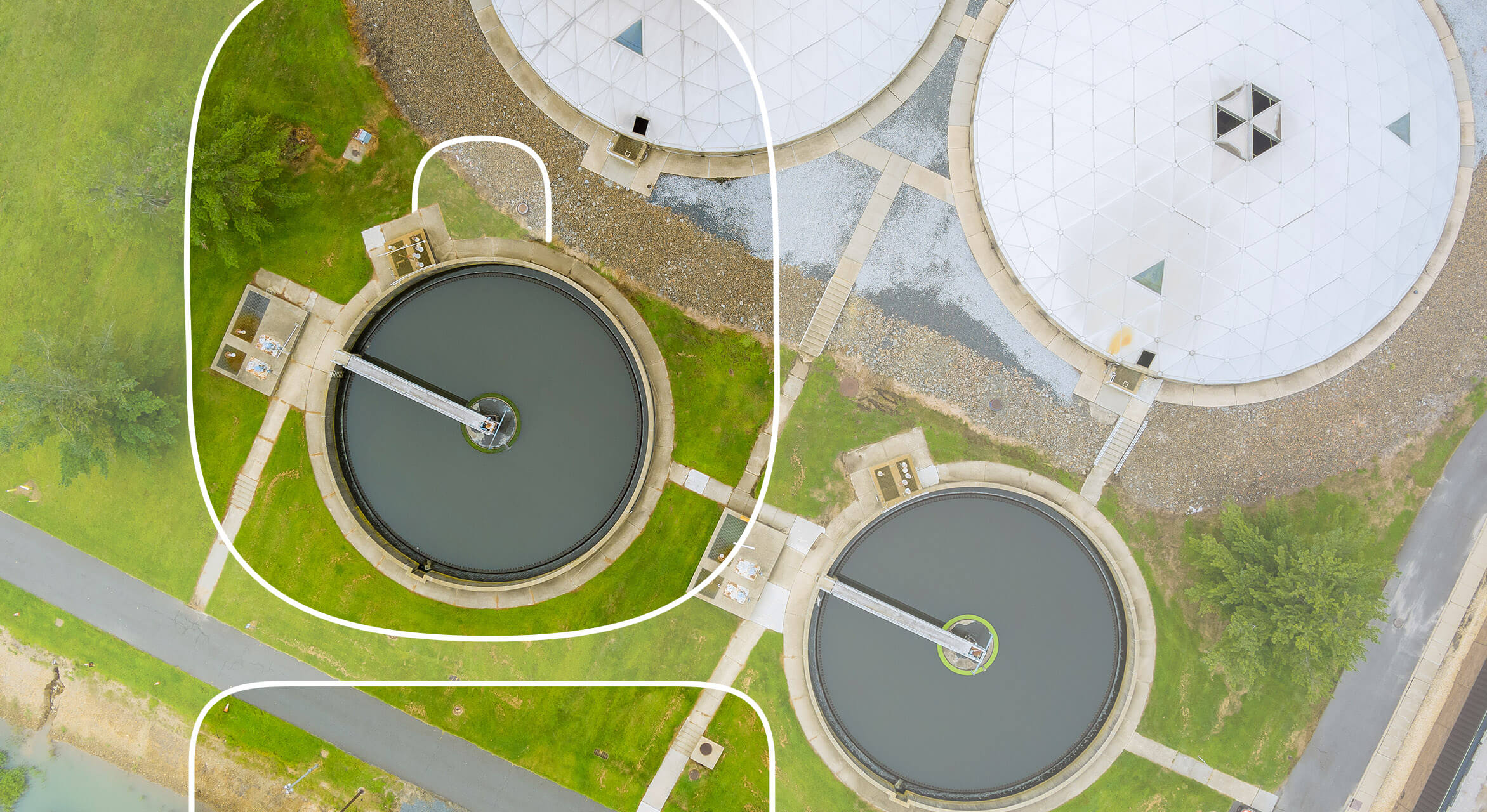How Wastewater Treatment Will Enhance Resource Reuse Capabilities
How Wastewater Treatment Will Enhance Resource Reuse Capabilities
Blog Article
Comprehending Wastewater Therapy Processes and Their Ecological Impact
The ins and outs of wastewater treatment procedures play a pivotal role in mitigating environmental challenges associated with water pollution. Each stage, from initial to innovative treatments, is designed to attend to particular pollutants, eventually guarding both public wellness and marine ecological communities.
Review of Wastewater Therapy
Exactly how is wastewater changed into a secure source for the atmosphere? Wastewater therapy is a critical procedure made to eliminate impurities from made use of water, therefore safeguarding public health and wellness and shielding ecosystems. This process starts with the collection of wastewater from residential, industrial, and commercial resources, which is then routed to treatment centers.
At these facilities, various physical, chemical, and biological approaches are used to treat the wastewater. Ultimately, organic therapies, such as activated sludge procedures, utilize bacteria to damage down natural matter.
The treated effluent can be safely released right into natural water bodies or recycled for irrigation and commercial objectives, advertising resource preservation. In addition, the treatment process generates biosolids, which can be repurposed as fertilizers or dirt amendments, even more boosting sustainability.
Phases of Treatment Procedures
The wastewater therapy process usually contains three main stages: initial, main, and second therapy. Each phase offers a distinctive function in decreasing the toxin load and ensuring the effluent fulfills environmental standards before discharge.

The primary treatment stage concentrates on the physical splitting up of put on hold solids from the wastewater. Through sedimentation, larger bits settle at the end of sedimentation tanks, creating sludge, while lighter materials, such as oils and oils, float to the surface area and are skimmed. This procedure significantly decreases the organic and not natural lots in the wastewater.
Additional treatment is an organic procedure aimed at more reducing the concentration of organic matter. This phase is vital for attaining the needed biochemical oxygen need (FIGURE) decrease, ultimately leading to cleaner effluent prepared for discharge or additional therapy.

Advanced Therapy Technologies
Adhering to the additional treatment procedures, progressed therapy technologies play an important role in more boosting the high quality of treated wastewater. These innovations are designed to get rid of recurring pollutants that are not efficiently gotten rid of during main and additional therapies, ensuring the effluent fulfills stringent governing criteria.
Amongst the widely used advanced treatment methods are membrane layer filtration, reverse osmosis, and advanced oxidation processes. Membrane layer purification, including microfiltration and ultrafiltration, works in dividing fine bits, microorganisms, and colloids from the water (Wastewater). Reverse osmosis uses semi-permeable membrane layers to eliminate dissolved solids, resulting in high-quality water ideal for various applications
Advanced oxidation processes (AOPs) employ solid oxidants to break down organic toxins, including drugs and personal care products that are immune to standard treatment. These approaches improve the biodegradability of complicated compounds, promoting their removal.
One more considerable modern technology is using biological nutrient elimination procedures, which specifically target nitrogen and phosphorus, protecting against eutrophication in getting water bodies. Generally, site innovative treatment modern technologies are essential for accomplishing higher levels of filtration, advertising water reuse, and securing public health and wellness while attending to the challenges connected with wastewater monitoring.
Environmental Benefits of Treatment
Various environmental advantages why not check here develop from reliable wastewater treatment processes that add to ecosystem health and wellness and sustainability. Primarily, these procedures considerably minimize the launch of harmful toxins into all-natural water bodies, which helps preserve marine ecological communities. By eliminating contaminants such as heavy metals, nutrients, and virus, treated wastewater mitigates the risk of waterborne illness and promotes biodiversity in aquatic environments.
Moreover, wastewater treatment centers frequently use advanced technologies that enable water recycling and reuse. This technique not just preserves freshwater sources but likewise decreases the demand on all-natural water materials. Improved nutrient elimination from wastewater can additionally protect against eutrophication, a process that causes algal blossoms and succeeding oxygen depletion in water systems.
In addition, effective therapy processes can decrease greenhouse gas discharges, particularly methane and laughing gas, which are frequently launched during unattended wastewater disintegration. By recording and making use of biogas from anaerobic digesters, centers can transform waste into renewable power, consequently adding to a reduction in fossil gas dependency.
Difficulties and Future Patterns
While the environmental benefits of wastewater therapy are clear, numerous obstacles persist that impede optimum outcomes in this area. One major problem is maturing facilities, which usually causes inadequacies and raised operational prices - Wastewater. Lots of treatment plants were developed decades earlier, and their capacities do not align with modern needs, that include more stringent governing requirements and higher quantities of wastewater as a result of urbanization

Looking in advance, there is next a growing emphasis on source healing and round economy principles within wastewater treatment. Technologies such as anaerobic food digestion, which can produce biogas, and progressed filtering technologies are gaining traction. These methods not only boost therapy performance however also advertise sustainability.
Eventually, addressing these difficulties calls for collaboration amongst stakeholders, investment in innovation, and a commitment to continuous research. By embracing these trends, the wastewater treatment market can develop to fulfill the needs of an altering setting and society.
Conclusion
In verdict, wastewater treatment processes play a crucial function in improving ecological quality and public wellness. The multi-stage treatment structure, combined with innovative innovations, properly alleviates pollution and promotes lasting water monitoring.
Report this page